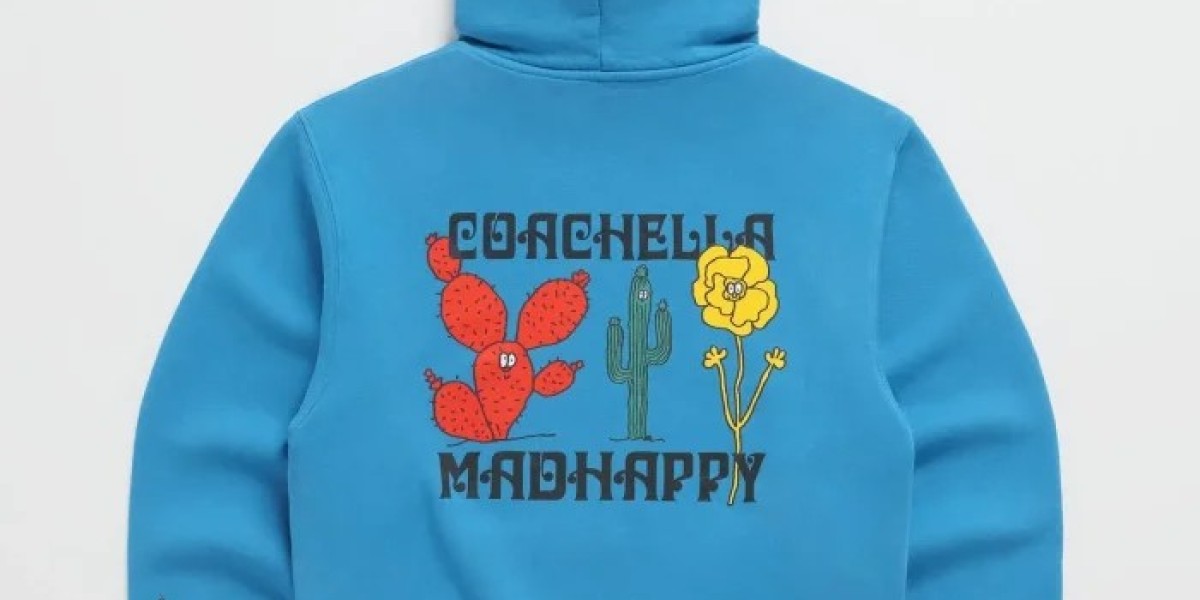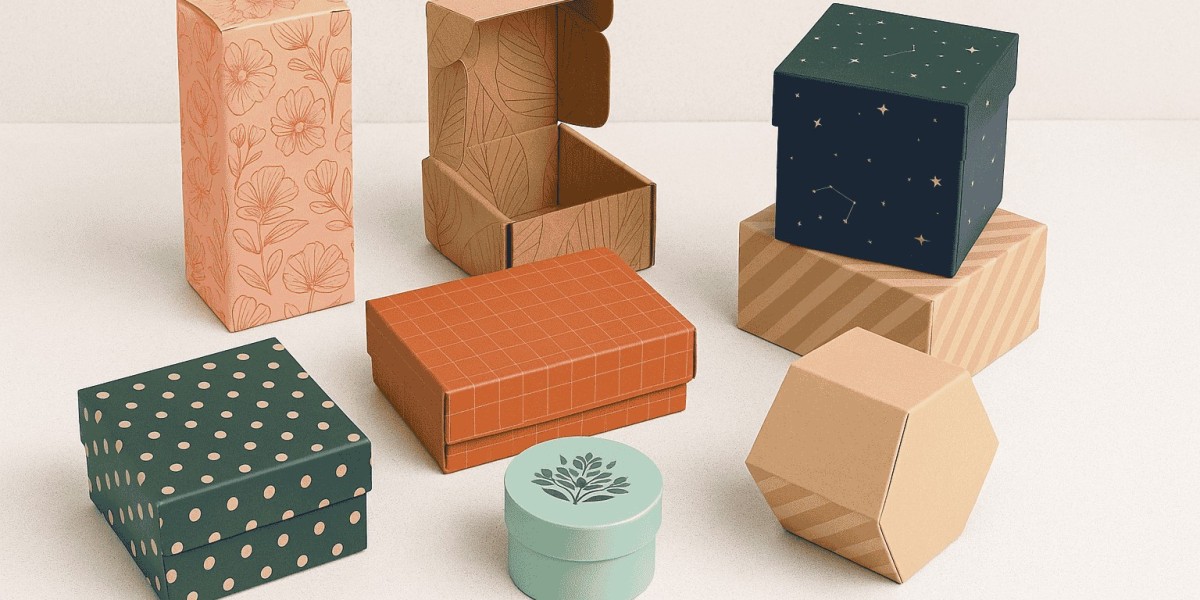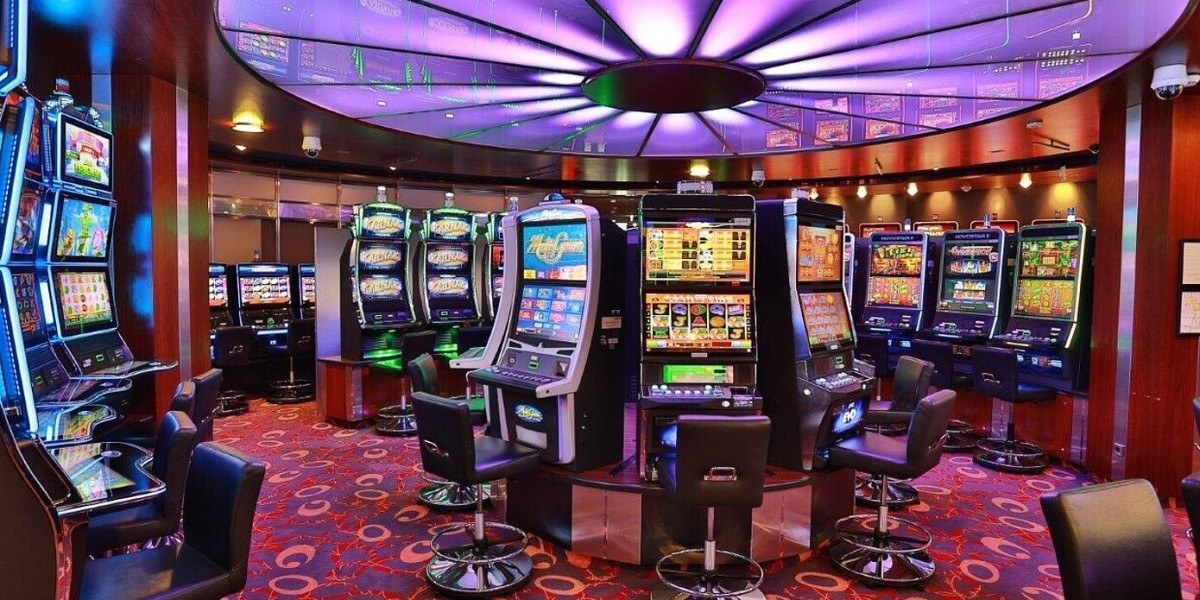A Brand Born from Emotion
Fashion has always been more than just clothing. It is a reflection of identity, culture, and the collective emotions of a generation. Over the past decade, the world has seen the rise of countless streetwear brands, but very few have managed to carve a lane as unique as Mad Happy. Unlike most labels that focus solely on aesthetics, exclusivity, or celebrity collaborations, Mad Happy was built with a mission far greater than fashion—it was created to spark conversations about mental health, an often overlooked yet critical aspect of modern life.
Founded in Los Angeles, Mad Happy embodies positivity, openness, and emotional authenticity. Through its clothing, content, and community-building initiatives, the brand has transformed into much more than a streetwear label—it is now a cultural movement. With oversized hoodies, premium tracksuits, and uplifting messages stitched into every piece, Mad Happy has captured the hearts of fashion lovers, influencers, and everyday individuals who resonate with its mission.
In this article, we’ll take a deep dive into the world of Mad Happy, exploring its origins, values, designs, cultural influence, and why it represents a new chapter in the relationship between fashion and mental health.
The Origins of Mad Happy
The idea behind Mad Happy came to life in 2017 when four co-founders—Peiman Raf, Noah Raf, Mason Spector, and Joshua Sitt—decided to start a brand that spoke to something deeper than just style. Each founder brought unique perspectives and personal experiences, including struggles with mental health, into the project. Rather than hide from vulnerability, they leaned into it, using it as the foundation for a brand that celebrates transparency and emotional well-being.
The name itself, “Mad Happy,” is a paradox that perfectly describes the duality of human emotions. It acknowledges that life is not about constant positivity, but rather about embracing the highs and lows with honesty. This core philosophy immediately resonated with young audiences who were tired of perfection-driven marketing from other brands. Instead of projecting unattainable lifestyles, Mad Happy offered real conversations and clothes that felt like a hug—comfortable, cozy, and deeply personal.
A Mission Bigger Than Fashion
What sets Mad Happy apart is its unapologetic dedication to mental health advocacy. While other brands occasionally align with social causes, Mad Happy integrated this mission into its very DNA. Their clothing often carries subtle but powerful messages like “Local Optimist” or “Mental Health Matters.” These phrases aren’t just slogans—they serve as conversation starters that challenge stigma and promote dialogue.
The brand also created The Local Optimist, a digital platform dedicated to sharing stories, advice, and resources related to mental health. This initiative turned Mad Happy into a safe space where customers could connect not just with the clothing but with each other on a deeper level. Instead of being another faceless streetwear label, Mad Happy positioned itself as a supportive community.
By directly addressing mental health in its messaging, Mad Happy filled a void in the fashion industry. At a time when anxiety, stress, and depression were increasingly affecting younger generations, the brand provided not only comfortable clothing but also a sense of belonging and reassurance.
Design Philosophy: Minimalism Meets Meaning
From a design perspective, Madhappy Hoodie embraces minimalism and comfort. Their signature pieces include oversized hoodies, relaxed sweatpants, cozy tracksuits, and heavyweight T-shirts. The color palette often leans toward soft pastels, earthy tones, and vibrant pops that feel inviting rather than intimidating. Unlike many streetwear brands that rely heavily on loud graphics, Mad Happy’s design language is subtle, allowing the brand’s message to shine through.
Each piece is crafted with premium quality materials, ensuring durability and comfort. The hoodies, for example, are made with heavyweight cotton fleece that drapes perfectly, giving them that relaxed yet elevated feel. Details like embroidered logos, thoughtful stitching, and hidden tags with positive affirmations add depth and intimacy to the clothing. Wearing Mad Happy doesn’t feel like flaunting a status symbol—it feels like carrying a reminder of optimism and self-acceptance.
Moreover, their limited drops and collaborations keep the excitement alive. By avoiding overproduction, Mad Happy maintains exclusivity while reducing waste, aligning itself with sustainable practices that resonate with conscious consumers.
The Rise of “Local Optimist” Culture
One of the brand’s most iconic phrases, “Local Optimist,” has become synonymous with Mad Happy’s identity. This simple yet profound phrase encapsulates the idea that optimism begins within communities. Rather than promoting blind positivity, “Local Optimist” is about fostering resilience, encouraging hope, and spreading small acts of kindness wherever you are.
Mad Happy has leveraged this slogan not only in its clothing but also in its physical experiences. Their pop-up shops, often referred to as Local Optimist Hubs, are designed to be more than retail spaces. These hubs host community events, panel discussions, and wellness activities, transforming fashion into a vehicle for connection. Shoppers leave not just with new clothes but with new perspectives and meaningful conversations.
The “Local Optimist” identity has grown into a badge of belonging, allowing wearers to express their commitment to positivity and emotional honesty in an authentic, stylish way.
Celebrity Endorsements and Cultural Impact
Like many streetwear success stories, Mad Happy’s rise was amplified by celebrity endorsements and social media visibility. Celebrities such as LeBron James, Gigi Hadid, Cardi B, and Kylie Jenner have been spotted in Mad Happy hoodies and sweatpants, giving the brand mainstream credibility.
However, what makes Mad Happy different is that its popularity isn’t solely built on clout or hype. While celebrity exposure certainly helped, the brand’s deeper mission has allowed it to sustain relevance beyond trends. In a world where fashion labels often fade once the hype cycle moves on, Mad Happy continues to grow because it connects to values that are timeless—hope, community, and emotional authenticity.
On social media, the brand has cultivated a dedicated following that celebrates vulnerability and self-expression. Customers often share personal stories alongside pictures of their Mad Happy outfits, reinforcing the brand’s role as a supportive cultural platform rather than just a clothing company.
Mad Happy vs. Traditional Streetwear
Traditional streetwear has often been associated with exclusivity, hype culture, and status-driven consumption. Brands like Supreme and BAPE built empires on limited releases and resale value, where the main appeal was owning something rare. While Mad Happy also employs a drop-based model, the emotional connection it fosters sets it apart.
Where other brands thrive on competition and flex culture, Mad Happy thrives on connection and community. The clothing isn’t just about looking good—it’s about feeling good and sharing that energy with others. This softer, more human approach has attracted a broader audience, including those who may not typically identify as streetwear enthusiasts.
Mad Happy’s unique positioning has also inspired a shift in the industry, encouraging more brands to integrate meaningful causes and emotional storytelling into their DNA.
The Role of Storytelling
At its core, Madhappy Tracksuit is a storytelling brand. Each collection, campaign, and event tells a narrative that blends fashion with real human experiences. For example, seasonal drops often come with thoughtful messaging about transitions, self-growth, or mental health awareness months. Collaborations are carefully chosen to align with their mission, ensuring that every partnership feels authentic rather than opportunistic.
This emphasis on storytelling transforms clothing into more than fabric—it becomes a canvas for conversation. Consumers are no longer just buying hoodies; they are buying into a narrative of optimism, vulnerability, and shared humanity.
Challenges and Criticism
Despite its overwhelming success, Mad Happy hasn’t been immune to criticism. Some skeptics argue that incorporating mental health into fashion could come across as performative or commercialized. After all, mental health is a deeply personal and serious issue, and not everyone is comfortable with seeing it tied to consumer products.
However, Mad Happy has largely avoided falling into the trap of “cause marketing” by consistently demonstrating commitment through The Local Optimist, partnerships with mental health organizations, and genuine storytelling. While there is always room for improvement, the brand has made it clear that their focus on emotional well-being is not a passing trend but a lifelong mission.
The Future of Mad Happy
Looking ahead, Mad Happy is positioned to continue growing as both a fashion label and a cultural force. With mental health awareness becoming increasingly central to public discourse, their mission feels more relevant than ever. The brand’s expansion into international markets, ongoing collaborations, and physical retail spaces will likely strengthen its presence in the years to come.
But beyond business, the true future of Mad Happy lies in its ability to remain authentic. If the brand can continue balancing high-quality design with meaningful advocacy, it has the potential to not only redefine streetwear but also change the way fashion interacts with social issues.
Why Mad Happy Matters
Mad Happy is more than just a brand—it is a movement built on optimism, vulnerability, and the belief that fashion can be a tool for emotional well-being. By merging cozy, premium-quality streetwear with a mission to destigmatize mental health, the brand has carved out a unique place in the industry.
Its rise is a testament to the power of authenticity in an age where consumers demand more than just products. People want meaning, connection, and purpose, and Mad Happy delivers all three. Whether through their “Local Optimist” communities, thoughtfully designed collections, or digital storytelling platforms, Mad Happy reminds us that clothing can do more than cover us—it can heal, connect, and inspire.







